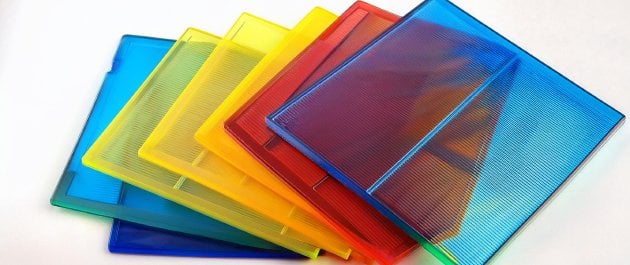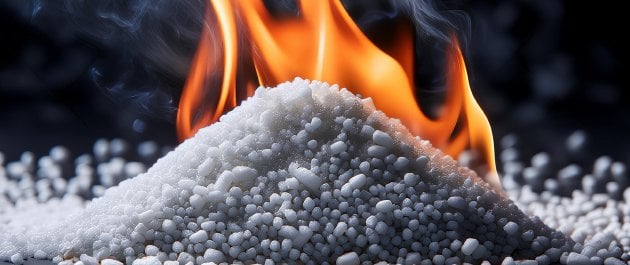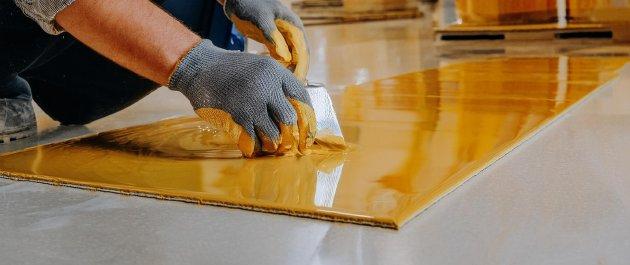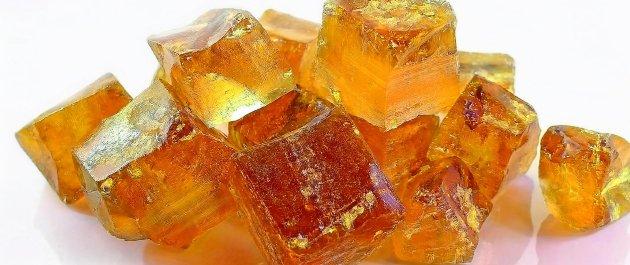Introduction
Plastics and thermoplastics are integral to modern manufacturing and daily life. This guide provides a detailed overview of what these materials are, how they are made, and their diverse applications. Whether you're a newcomer to the field or seeking to deepen your understanding, this document will take you from the basics to more advanced concepts.
Chapter 1: What Are Plastics?
Definition and Basics
Plastics are a broad category of synthetic or semi-synthetic materials that are malleable and can be molded into solid objects. Typically made from polymers, which are long chains of molecules, plastics exhibit a wide range of properties and uses.
History of Plastics
The journey of plastics began in 1907 with the invention of Bakelite, the first synthetic plastic created by Leo Baekeland. Over the 20th century, innovations in plastic materials like polyethylene, polystyrene, and polyvinyl chloride revolutionized industries and consumer products.
Chapter 2: The Science of Polymers
What are Polymers?
Polymers are large molecules made up of repeating units called monomers. They can be natural (such as cellulose and rubber) or synthetic (such as nylon and polyethylene).
Types of Polymers
- Thermoplastics: These polymers soften when heated and harden upon cooling, a process that can be repeated.
- Thermosetting Plastics (Thermosets): These polymers harden permanently after being heated and cannot be remelted.
- Elastomers: Polymers with elastic properties that can stretch and return to their original shape.

Chapter 3: Thermoplastics – The Basics
Definition
Thermoplastics are polymers that become pliable or moldable at a certain elevated temperature and solidify upon cooling. This reversible process allows them to be remelted and reshaped multiple times.
Characteristics of Thermoplastics
- Recyclable: Can be reprocessed without significant degradation.
- Versatile: Available in various forms with a wide range of properties.
- Easy Processing: Can be molded using various techniques, making them suitable for numerous applications.
Chapter 4: Common Types of Thermoplastics
Polyethylene (PE)
- Low-Density Polyethylene (LDPE): Flexible, used in plastic bags and films.
- High-Density Polyethylene (HDPE): Rigid, used in containers and piping.
Polypropylene (PP)
- Properties: Resistant to fatigue, good chemical resistance.
- Uses: Packaging, automotive parts, textiles.
Polyvinyl Chloride (PVC)
- Properties: Can be rigid or flexible depending on additives.
- Uses: Pipes, medical devices, flooring.
Polystyrene (PS)
- Expanded Polystyrene (EPS): Lightweight, used in packaging and insulation.
- High Impact Polystyrene (HIPS): Tough, used in appliances and electronics.
Polyethylene Terephthalate (PET)
- Properties: Strong, transparent.
- Uses: Beverage bottles, food packaging, synthetic fibers.
Acrylonitrile Butadiene Styrene (ABS)
- Properties: Tough, impact-resistant.
- Uses: Toys, electronic housings, automotive components.

Chapter 5: How Thermoplastics are Made
The Polymerization Process
- Addition Polymerization: Monomers add together without by-products, used for polymers like polyethylene and polystyrene.
- Condensation Polymerization: Monomers join together with the release of small molecules like water, used for polymers like polyesters and nylons.
Manufacturing Techniques
Extrusion
- Process: Plastic is melted and forced through a shaped die to create continuous shapes like pipes and sheets.
- Applications: Pipes, films, profiles.
Injection Molding
- Process: Molten plastic is injected into a mold where it cools and solidifies.
- Applications: Complex shapes like toys, automotive parts, containers.
Blow Molding
- Process: Air is blown into molten plastic to form hollow objects.
- Applications: Bottles, containers, fuel tanks.
Thermoforming
- Process: Plastic sheets are heated until pliable, then shaped over a mold and trimmed.
- Applications: Packaging, trays, automotive panels.

Chapter 6: Applications of Thermoplastics
Everyday Uses
- Packaging: Used for bottles, containers, films due to their lightweight and durable nature.
- Household Items: Commonly used for kitchen utensils, toys, furniture.
- Textiles: Synthetic fibers for clothing, carpets due to their durability and washability.
Industrial Uses
- Automotive: Used in bumpers, dashboards, interior panels to reduce weight and improve fuel efficiency.
- Electronics: Used in casings, connectors, insulators to provide insulation and protection.
- Medical: Used for syringes, tubing, implants due to their sterility and biocompatibility.
Chapter 7: Advantages and Disadvantages
Advantages
- Recyclability: Thermoplastics can be remelted and reused, contributing to sustainability.
- Versatility: Available in a wide range of properties and applications.
- Ease of Processing: Can be molded and shaped using various techniques.
- Cost-Effective: Generally cheaper to produce than metals and ceramics.
Disadvantages
- Heat Sensitivity: May deform under high temperatures, limiting their use in high-heat applications.
- Environmental Impact: Contribute to pollution if not properly recycled.
- Mechanical Strength: Often lower than metals and thermosets, which may limit their use in structural applications.

Chapter 8: The Future of Thermoplastics
Innovations
- Biodegradable Plastics: Developing eco-friendly alternatives that decompose naturally.
- Enhanced Recycling Technologies: Improving methods to increase recycling rates and efficiency.
- Advanced Composites: Combining thermoplastics with other materials to enhance properties like strength and heat resistance.
Sustainability Efforts
- Circular Economy: Designing plastics for easier recycling and reuse to minimize waste.
- Reducing Plastic Waste: Initiatives to minimize single-use plastics and promote sustainable practices.
Chapter 9: Summary and Conclusion
Thermoplastics are essential materials in modern manufacturing and daily life, offering incredible versatility and a wide range of applications. Understanding their properties, manufacturing processes, and uses helps us appreciate their critical role in various industries. As technology advances, thermoplastics continue to evolve, contributing to innovation and sustainability efforts worldwide.
By mastering the basics and complexities of thermoplastics, you're now well-equipped to appreciate their impact and potential. Whether in everyday items or cutting-edge technologies, thermoplastics are key players in shaping our world.
For more detailed inquiries or specific technical information, please feel free to contact our team of experts.
















